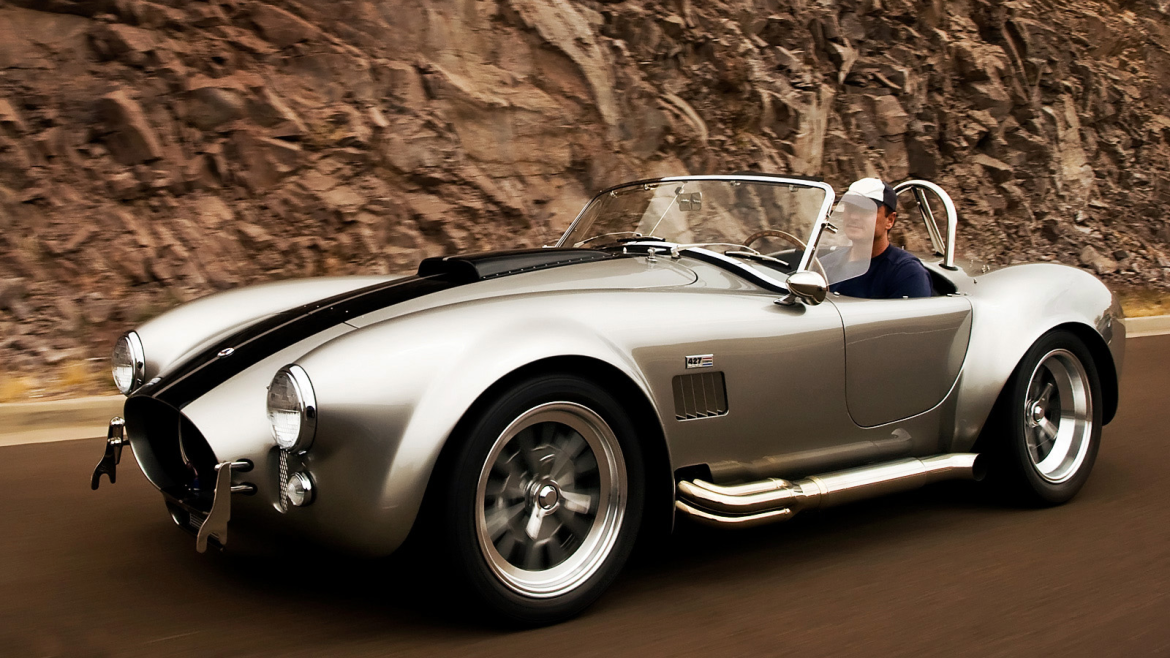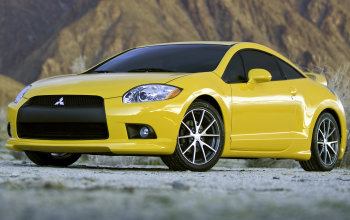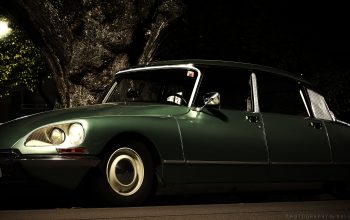The creator of an icon, more than a hundred years old.
Throughout the last century, British motoring industry brought out successful brands such as Jaguar and Land Rover, and other brands like Rover or Austin that weren’t as successful thanks to the issues inside British Leyland. Amongst these successful brands, however, one stands out for creating an icon that is recognized globally by the petrolhead, it’s the AC Cars. The creators of the renowned Cobra, AC Cars, being one of the oldest car manufacturers of the Great Britain, managed to survive up to now, yet its history faded away in memories. Today, we will dive down on AC Cars’ history and their accomplishments apart from the famous Cobra model. Summing up the history of a century old motoring icon really takes great effort, so in this article, we’ll take a look on AC’s models era by era through the usage of galleries.

The Foundation and the first models of AC Cars
AC Cars came to life as Weller Brothers, founded in 1901 at West Norwood, England. It had many name changes throughout its history, so it might be a little confusing to keep up with their weird decisions on name changes. The brand was founded by an engineer named John Weller and a butcher named John Portwine. It started manufacturing cars as early as March 1903 with their first model, named AC 10, their first four-wheeled car. This tourer model produced 10 horsepowers and established the collaboration between an engineer and a butcher as a potential contribution to the motoring industry. A new brand named Autocars and Accessories was founded in 1904 and produced the cycle car Auto-Carrier, and a passenger model named A.C Sociable, which was highly praised by the critics. I hope it’s not the name they praised, though. Throughout their first years, they also built three-wheeled tricars, as Portwine told Weller that it’d be way too expensive to start producing 4-wheelers on the get go. Surely a butcher back then had better financial strategies than most businessmen today.
The brand was renamed as Auto Carriers Ltd. in 1911 and the factory was moved to Surrey. It was at this period that they started using their current ”AC” emblem for the brand. However, the name was changed to AC Cars Ltd. in 1922. They really couldn’t make their minds up, could they? AC kept on producing commercial three-wheelers but they also brought their first successful four-wheeled car, the AC 12 Royal in 1926. This 20 HP pleasure craft is almost a hundred years old, but it had a striking design that would challenge the Mercedes-Benz of its day. They’ve been building their own engines as well, and had a famous british motorist Sammy Davis as their test driver in 1921. It was going great for the brand until the Great Depression in 1929. Selwyn Edge bought the company for £135,000 but the sales fell drastically and the AC brand fell into a liquidation. Spoiler alert, it won’t be the only time it was liquidated.
The company was sold to Hurlock family, a big name in logistics business back in the 30’s. Until the end of World War II, the brand produced cheap three-wheelers named ”invalid carriages” for the disabled people. The wacky history of the brand comes to an end with the production of the AC 2-Liter in 1947 stabilizes the company. This big car had an aluminium cylinder block, aluminium body on a wood frame. It featured a hybrid breaking system, hydraulics for the front and drums for the rear brakes. The 2 liter engine pumped out 74 HP, which was upgraded to 85 HP in 1951. The production continued until 1956 with 1,284 units produced. With the 2-Liter, the brand started working on making sports cars, and the most glorious era of the AC Cars started, in the mid-50’s. The company also made four railway cars in this period, all of which served on the Southend Pier route in 1949.

AC in the 50’s: The Rapid Development Era
AC gained popularity and went on to develop more models in the 50’s. Amongst these models, three of them significantly contributed to AC’s growing reputation; the Ace, Aceca and Greyhound. All of these models helped the development of the iconic Cobra model in the 60’s.
In 1953, AC started the production of Ace, which was based on the racing car engineer John Tojeiro’s lightweight chassis and an aluminium body, so the Ace had a racing pedigree as well. However, the car was powered by a 2-liter Weller-designed straight-six engine with three carburettors, producing 85 HP @4500 RPM and 142nm of torque @2750 RPM. The engine was too dated for its time, and the critics argued that it desperately needed a brand new engine to prove itself. According to AC archives, the Ace can go up to 160 km/h (99 mph). The aluminium body meant that the Ace weighed just 810 kg (1786 lbs). It was destined to be an affordable open-top sports car, and the future setter of the company. It certainly looked great, too, and the famous AC signature grille design was first incorporated in this model, and the renowned Cobra model is greatly inspired by the Ace. However, the engine was way too old for Ace to be successful, so AC swapped it for a 2 liter Bristol engine in 1956 and finally, a new 2.6-litre straight-six engine used in Ford Zephyr in 1961. The production of the Ace ceased in 1963 as AC and Shelby drew their attention to Cobra instead.
The Aceca was a hardtop coupé version of the Ace introduced in 1954. The two cars were nearly identical and shared the same engine options throughout their production timespan. However, the Aceca featured a hatchback styling, which was a relatively new body design, as the only other model to incorporate this styling back in its day was the Aston Martin DB2/4. Although the Aceca shared the same engine with Ace, A separate version named Aceca-Bristol was equipped with a different Bristol engine that was based on a BMW design with cast iron block and aluminium cylinder head. To not make this paragraph even more boring, we can just say that the Aceca was a really pretty hatch of its time and was a worthy rival for the DB2/4. Sorry, AC Owners Club, keep the way the pushrods work on its engine to your own community chit chat.
The other member of the family was the Greyhound, which was a 2+2 variant of the Ace and Aceca, introduced in 1959. Once more, it shared the same powertrain as the other two models , but its performance was relatively better and a different aluminium body made it stand out from its original counterparts. The Greyhound was fitted with a 4-speed manual gearbox and various engines from AC, Bristol and Ford. The most powerful version was the 2.6L Ford straight-six producing 170 bhp @ 5500 RPM and weighed just 1040 kg. Only 83 examples of the model were made and it was discontinued simultaneously with the Ace and Aceca, in 1963. At this point, AC would go on to focus on their magnum opus, the Cobra.
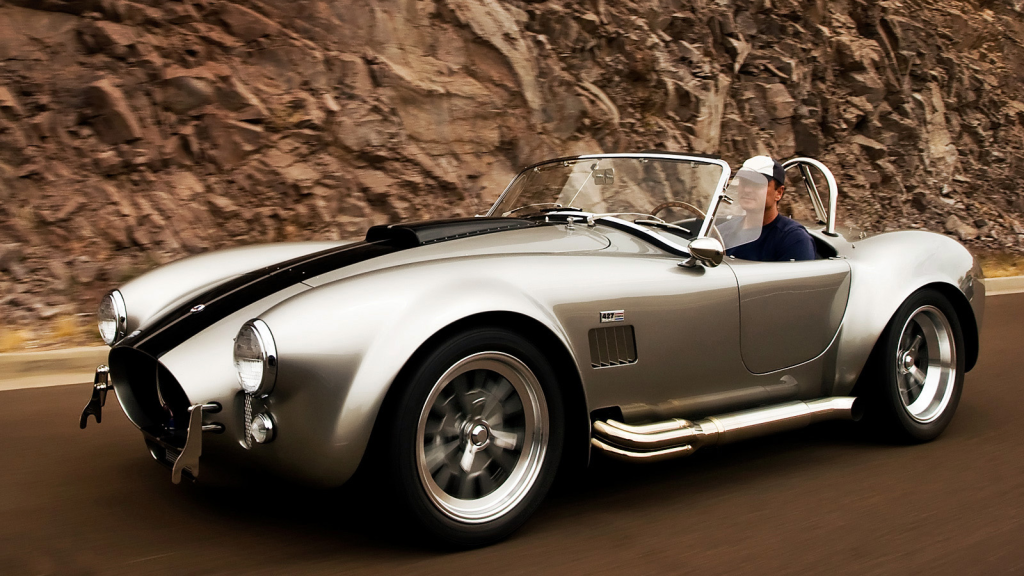
The Holy Grail of AC, The Cobra
Honestly, the AC Cobra needs its own article instead of a few sentences in this vast history lesson. Its development began in 1962 and the original models’ production ended in 1967, but this just opened the floodgates for kitcar models and commission builds that still exist up to this day. The Cobra was a collaboration model between AC and Shelby and he original model was solely powered by a big 7.0 or 4.7 L (427 or 289 cu in) V8 engines, but attempts on using different engines were massive failures, as Shelby tried a 6.4L FE engine which aimed to take down Ferraris in its class. However, the development was half-assed and the racing driver Ken Miles tested the car at Sebring and deemed it completely undrivable, nicknaming it ”The Turd”. Following this, a new chassis was built with Ford in Detroit with coil spring suspensions with wider fenders and a 7.0L FE engine was fitted to it, producing 425 HP @6000 rpm and 651nm @3700 rpm with a top speed of 264 km/h (164 mph). Its upgraded version produced 485 HP and a massive top speed of 298 km/h (198 mph). This model was called ”Cobra 427” and it set a blueprint for the future Cobra models.
Despite being an icon, the Cobra was a sales failure in the UK and the imports of the Cobra models built in Detroit ceased in 1967. However, the Cobra was too good for AC to kill it, and the commission models like the Mk VI GTSR or Cobra 140 Charter continue the big legacy of this iconic model, and a replica model named MkIII-E by Superformance adds an EV touch to the icon. Of course, it’ll never be a 427, but still a nice touch for EV enthusiasts.

AC’s Decline of Sales throughout the 90’s
Throughout the 70’s and 80’s, the sales of AC relatively declined. The mid-engined little sports car named 3000ME was introduced in 1973 but the sales didn’t begin until 1979. It was based on a prototype named ”Diablo” built by Bohanna Stables company. AC bought the rights for the design and fitted it with a 3.0L Ford Essex V6 engine, hence the name. The engine was connected to a 5-speed manual, but the car was severely underpowered considering the size of the engine as it could only produce 138 HP and 235nm of torque. It was relatively lightweight, however, as its body was made out of glass-reinforced plastic. However, the 3000ME was doomed the day it went on sale in 1979, as it would have to compete with cars like Lotus Esprit. This meant that 3000ME was already outdated by the time it went on sale, and the reviews by the critics expressed negative reviews on its handling.
After the company changed owners around the late 80’s, AC Cars came back with their latest model, the Brooklands Ace, which was later renamed to Ace V8 with improvements. This model had a radically different and more contemporary design, which looks quite nice in my opinion. This sleek sports car was powered by a 5.0L Ford V8 shared with Cobra, producing 225 HP and a 5-speed Borg-Warner transmission was used until 1996. It was a quick car as it accelerated from 0 to 60 in 5.9 seconds to a top speed of 225 km/h (140 mph). The later versions adopted the Ace V8 name and featured two engine options; a supercharged version of the 5.0L Ford V8 producing 240 HP or a Lotus 3.5L V8 producing 251 HP. The supercharged model could accelerate up to 60 mph in 5.5 seconds with a top speed of 250 km/h (155 mph).Despite the rather nice design and potentials, it was a sales flop and only 58 examples were produced until 2000.
A version with different styling bearing the classic Aceca name, the Aceca V8 was a 2+2 coupe producing 350 HP and could accelerate from 0 to 60 in 5.6 seconds with a top speed of 250 km/h (155 mph). The engine options were the same as Ace V8. It was relatively modern compared to AC’s past models but AC decided not to lower the quality to save money but equipped this model with leather seats and other luxuries of its time. Sadly, Aceca V8 also couldn’t prove itself and only a handful of examples were produced before it was discontinued in 2000.
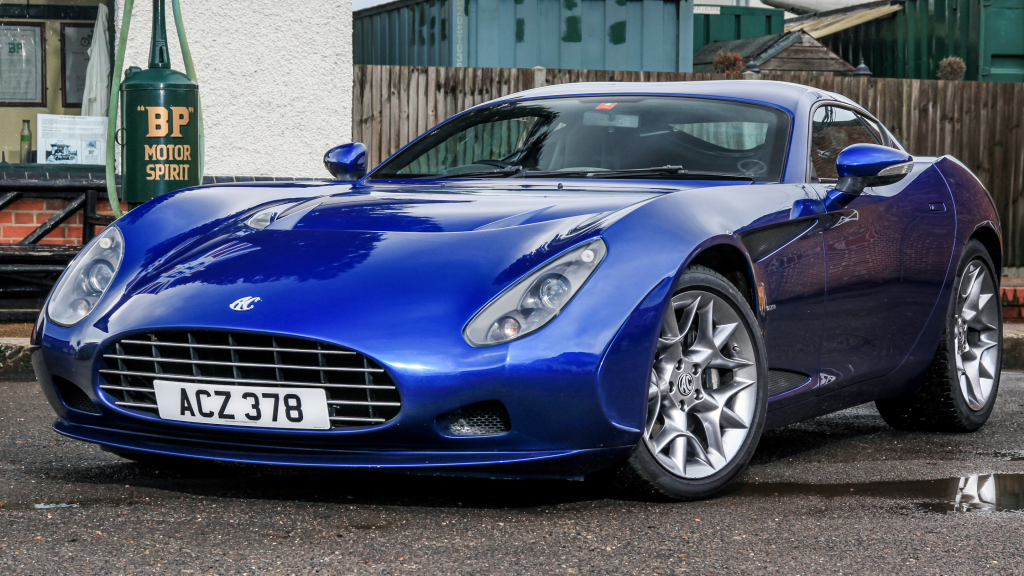
The Modern AC: 378 GT Zagato
The AC 378 GT Zagato is the modern representation of how a regular AC sports car would look and go like in today’s world. Introduced in 2012, it’s designed and built by Zagato and encapsulates the classic AC look well with their iconic fastback design language. The car was rebadged as a full-on AC Cars product but compared to the past models, it was fitted with a 6.2L LS3 V8 from a Chevrolet Camaro, producing 440 HP and 603nm of torque, and weighs 1,465 kg (3,230 lb). The car doesn’t feature any electric driver aids like ABS or TC, and can accelerate from 0 to 60 in just 3.9 seconds to a top speed of 298 km/h (185 mph). The 2012 prototype was tested on Goodwood Festival of Speed and its handling was praised by the public. However, the 378 GT was never produced as AC Cars was still riddled with problems, and so far, only one prototype of it exists.
So, dear readers, it was a long journey to the end but this was a century old history of a brand that could’ve done better with different decisions. The history of AC Cars is filled with icons like Cobra but also unknown ones like the Ace V8. As the brand continues to produce customer-special Cobras, will we see another brand new model by them? Or will they be liquidated for the amount of time that we can’t count anymore? Only time will tell.

